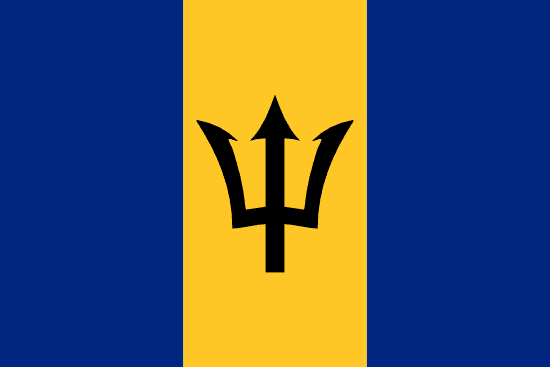"Bridgetown: Heartbeat of Barbados"
About:
Bridgetown, the capital of Barbados, was established by English settlers in 1628. It became an important port in the transatlantic trade, particularly in the sugar industry. Bridgetown was severely damaged by fires in 1659, 1666, and 1668 but was rebuilt each time. In 1842, it was made a city by royal charter. Today, Bridgetown is a bustling city and a major tourist destination, known for its historic sites, including the UNESCO World Heritage-listed Garrison area.
When to visit:
Bridgetown, the capital of Barbados, is a vibrant city that offers a range of activities and attractions for visitors throughout the year. The best time to visit Bridgetown on a holiday is during the dry season, which typically runs from December to May. This period offers pleasant weather with sunny days and lower chances of rainfall, ideal for exploring the city's historic sites, beautiful beaches, and lively festivals. However, travelers should be aware that this peak tourist season may result in higher prices and larger crowds, so planning ahead is recommended for a memorable holiday experience in Bridgetown.
When to avoid:
Bridgetown, the capital of Barbados, experiences a tropical rainforest climate with a wet season from June to November. The worst time to travel to Bridgetown on a holiday would be during the peak of the wet season, typically in September and October, when heavy rainfall and the possibility of tropical storms can disrupt travel plans. These months may see frequent downpours, high humidity levels, and potential flooding in some areas, making outdoor activities and sightseeing challenging. Travelers should consider visiting Bridgetown during the drier months of December to May for a more enjoyable and predictable holiday experience.
"Wet Season (June–November)"
The wettest season in Bridgetown, Barbados occurs from June to November, with August being the peak. Average temperatures range from 24°C to 30°C. Rainfall can reach up to 7 inches in a month, mostly in short, heavy showers followed by sunshine. The city experiences reduced sunlight hours, around 7-8 hours per day, with significant cloud cover. Humidity is high, often exceeding 80%. An average day for a visitor might involve morning sunshine, afternoon showers, and a humid, cloudy evening. Despite the rain, the warm temperatures still allow for enjoyable exploration.
"Summer (June–August)"
In Bridgetown, Barbados, the warmest part of the year typically spans from May to October, with the peak temperatures occurring in September. During this period, the average high temperatures usually range from 86°F (30°C) to 88°F (31°C). The average low temperatures usually hover around 77°F (25°C) to 79°F (26°C).
Rainfall is relatively high during this time, with the wettest months being August, September, and October, receiving an average rainfall of about 6 inches (150 mm) each month. Despite the rainfall, there's still plenty of sunlight with an average of 7 to 8 hours of sunshine per day.
Humidity levels are also high during these months, averaging around 80%. This, combined with the heat, can make the air feel quite muggy. Cloudiness varies, but generally, there are more cloudy days during these months due to the increased rainfall.
For a visitor, a typical day in Bridgetown during the warmest part of the year would likely start with bright, sunny weather in the morning. As the day progresses, the heat and humidity can become intense, often culminating in a tropical shower or thunderstorm in the afternoon or evening. Despite the heat and humidity, a coastal breeze can often provide some relief, especially near the beaches.
Language:
English is the official language of Bridgetown, the capital city of Barbados. It is used in all government, educational, and business contexts. A local variant, Bajan Creole, is also widely spoken among the population. Bajan Creole is an English-based creole language with West African influences, unique to Barbados.




